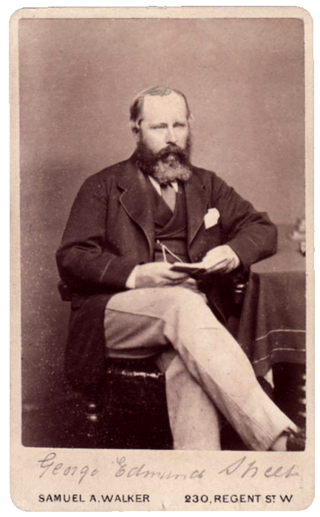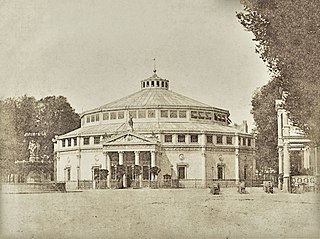This article needs additional citations for verification .(February 2024) |
| |||
|---|---|---|---|
| Buildings and structures +... |
The year 1706 in architecture involved some significant events.
This article needs additional citations for verification .(February 2024) |
| |||
|---|---|---|---|
| Buildings and structures +... |
The year 1706 in architecture involved some significant events.

This is a timeline of architecture, indexing the individual year in architecture pages. Notable events in architecture and related disciplines including structural engineering, landscape architecture, and city planning. One significant architectural achievement is listed for each year.
The year 1874 in architecture involved some significant architectural events and new buildings.
The year 1883 in architecture involved some significant events.
The year 1884 in architecture involved some significant architectural events and new buildings.
The year 1855 in architecture involved some significant architectural events and new buildings.
The year 1814 in architecture involved some significant events.
The year 1832 in architecture involved some significant architectural events and new buildings.
The year 1850 in architecture involved some significant architectural events and new buildings.
The year 1782 in architecture involved some significant events.
The year 1857 in architecture involved some significant events.

George Edmund Street, also known as G. E. Street, was an English architect, born at Woodford in Essex. Stylistically, Street was a leading practitioner of the Victorian Gothic Revival. Though mainly an ecclesiastical architect, he is perhaps best known as the designer of the Royal Courts of Justice on the Strand in London.
The year 1714 in architecture involved some significant events.
The year 1776 in architecture involved some significant events.

The Cirque d'Été, a former Parisian equestrian theatre, was built in 1841 to designs by the architect Jacques Hittorff. It was used as the summer home of the Théâtre Franconi, the equestrian troupe of the Cirque Olympique, the license for which had been sold in 1836 to Louis Dejean by Adolphe Franconi, the grandson of its founder, Antonio Franconi. The cirque was later also used for other purposes, including grand concerts conducted by Hector Berlioz.

John Anthony Galignani (1796–1873), together with his brother, William (1798–1882), was a publisher and bookshop owner in Paris.
The year 1731 in architecture involved some significant events.

The Galerie d'Apollon is a large and iconic room of the Louvre Palace, on the first (upper) floor of a wing known as the Petite Galerie. Its current setup was first designed in the 1660s. It has been part of the Louvre Museum since the 1790s, was completed under the lead of Félix Duban in the mid-19th century, and has housed the museum's collection of the French Crown Jewels since 1887.

The Théâtre Historique, a former Parisian theatre located on the boulevard du Temple, was built in 1846 for the French novelist and dramatist Alexandre Dumas. Plays adapted by Dumas from his historical novels were mostly performed, and, although the theatre survived the 1848 Revolution, it suffered increasing financial difficulty and closed at the end of 1850. In September 1851 the building was taken over by the Opéra National and renamed again in 1852 to Théâtre Lyrique. In 1863, during Haussmann's renovation of Paris, it was demolished to make way for the Place de la République. The name Théâtre Historique was revived by some other companies in the late 1870s and early 1890s.